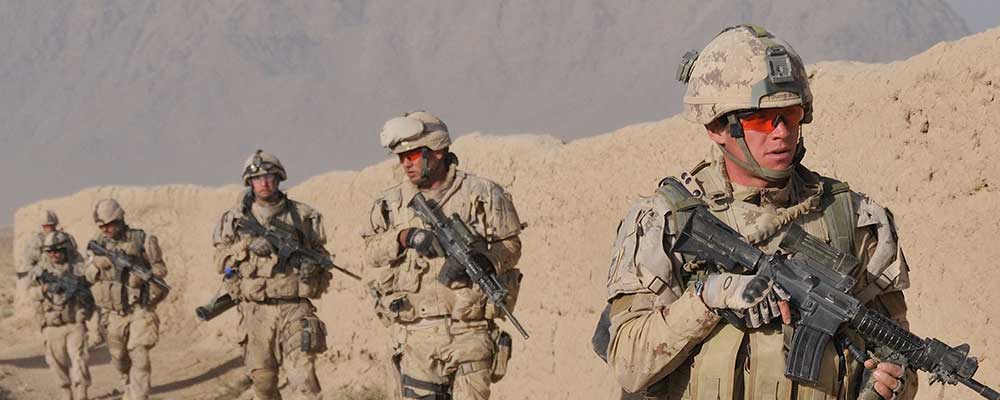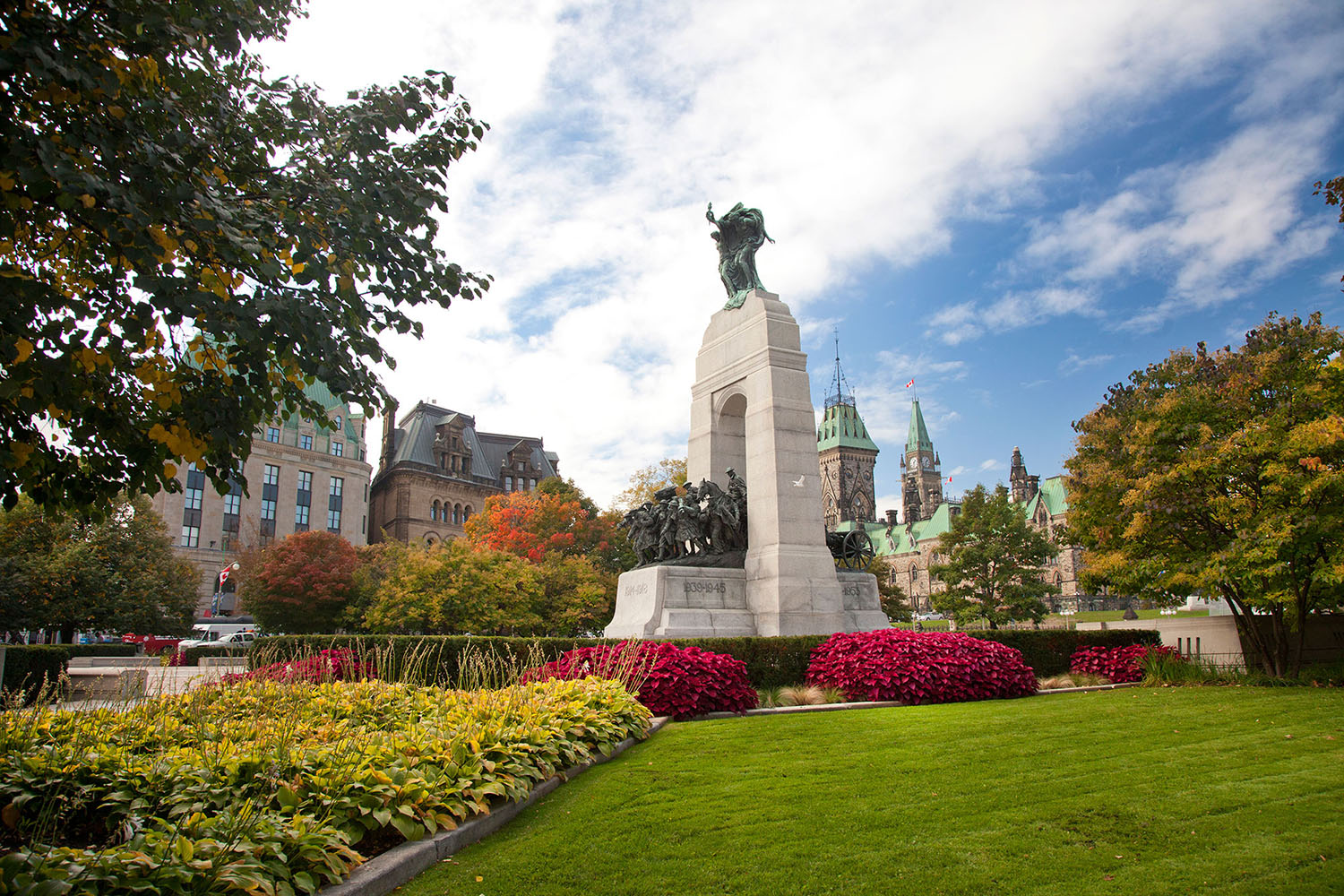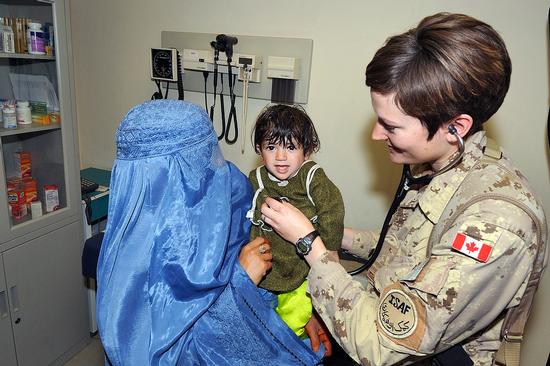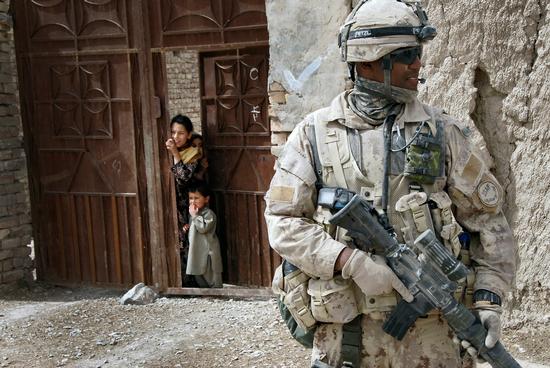Afghanistan stages
Related Memorials
Related Medals
Related Lesson Plans
Photo Gallery
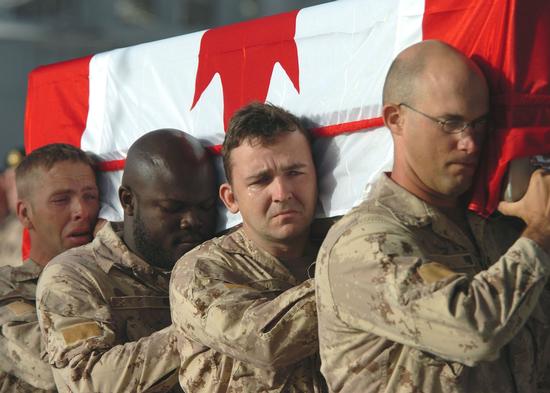
Canadian Armed Forces members carrying the casket of one of their fallen comrades during a ramp ceremony at Kandahar Airfield in Afghanistan in September 2006. Photo: Department of National Defence AR2006-G020-010
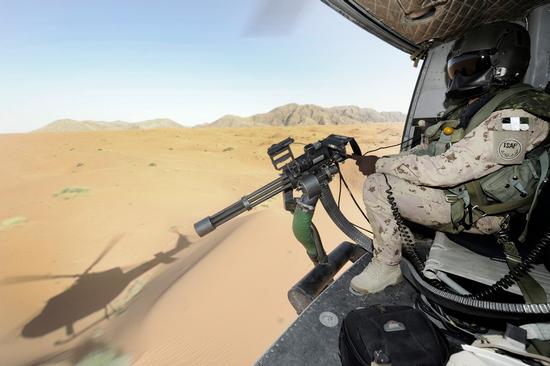
Canadian Armed Forces door gunner in a CH-146 Griffon helicopter during a training exercise in Afghanistan in June 2011. Photo: Department of National Defence IS2011-1023-11
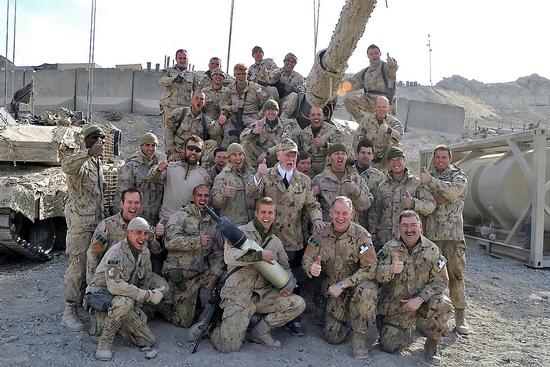
Canadian soldiers in Afghanistan posing with special guest Don Cherry in December 2010. Photo: Department of National Defence AR2010-0415-41
Afghanistan
Order of Events
11 September 2001
Deadly Al-Qaeda terrorist attacks take place in the United States
7 October 2001
Canada pledges support to international efforts to combat terrorism. The CAF launches Operation APOLLO
December 2001
Canadian special forces soldiers arrive in Afghanistan
Mid-2003
Canada begins contributions to the North Atlantic Treaty Organization's (NATO) International Security Assistance Force (ISAF) as part of Operation ATHENA
9 February 2004
Canada's Lieutenant-General Rick Hillier assumes command of the ISAF in Afghanistan
August 2005
Canada assumes leadership of the Kandahar Provincial Reconstruction Team
September 2006
Canada leads Operation MEDUSA, the largest Canadian combat operation since the Korean War
May 2011
Operation ATTENTION begins as Canadians start to train the national security forces in Afghanistan
March 2014
Canada's military mission in Afghanistan ends
